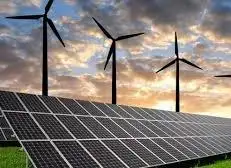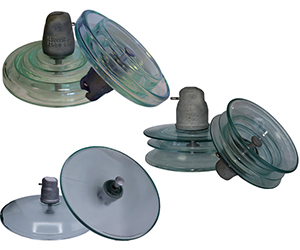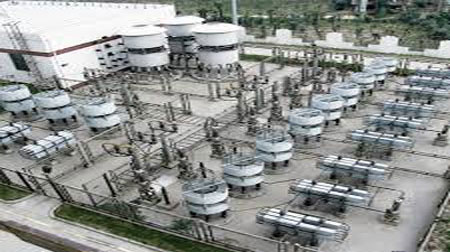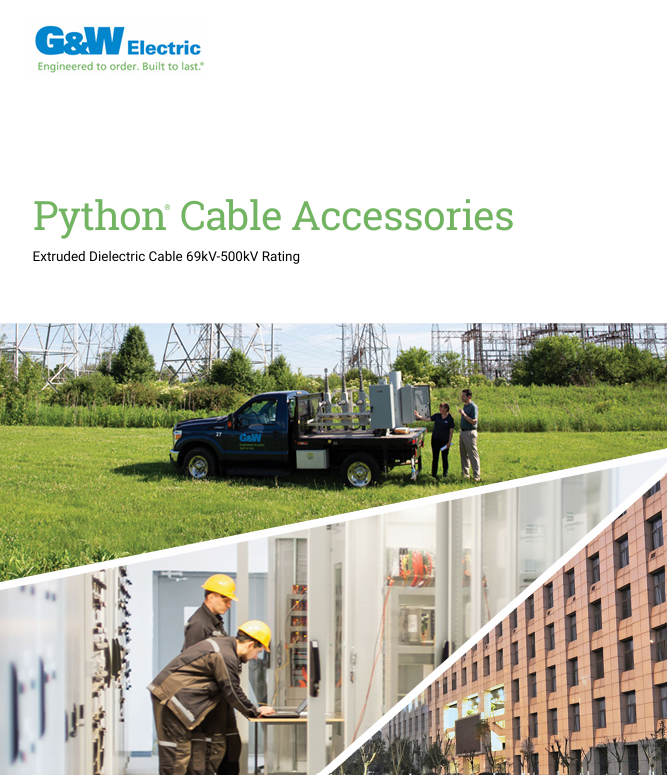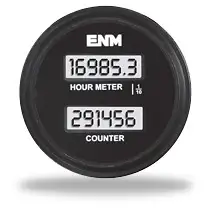A Transformer Is A Device That Increases Or Decreases Voltage

Substation Relay Protection Training
Our customized live online or in‑person group training can be delivered to your staff at your location.

- Live Online
- 12 hours Instructor-led
- Group Training Available
Download Our NFPA 70E Fact Sheet – 2024 Electrical Safety Edition
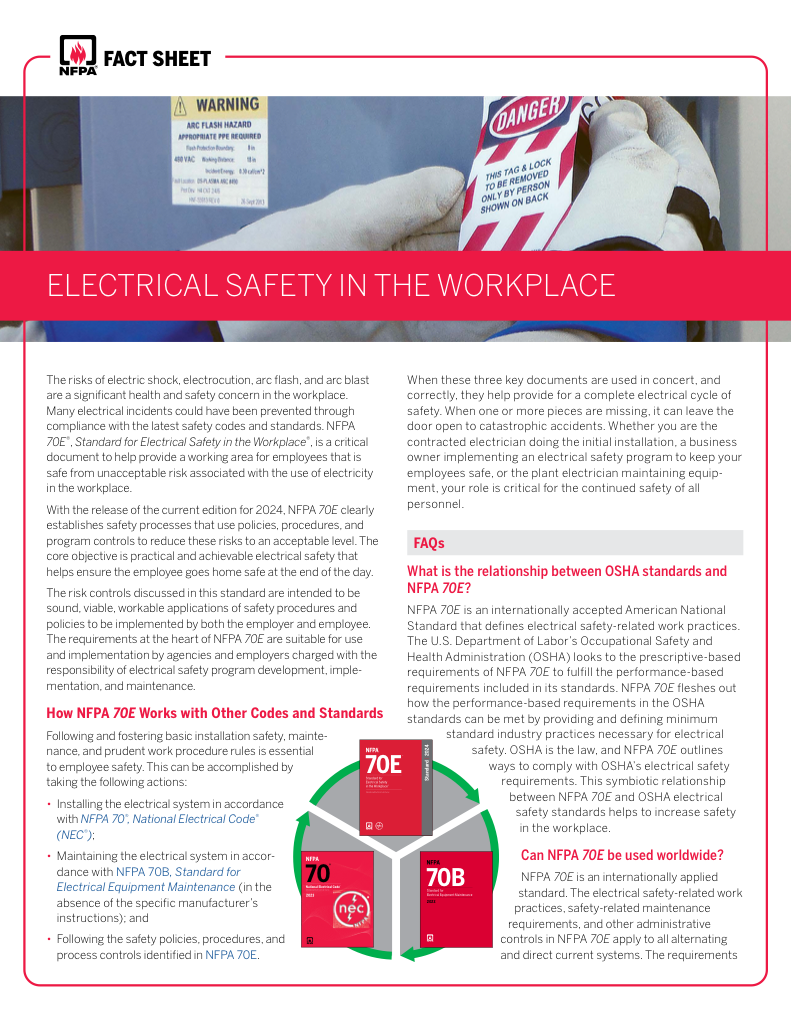
- Understand how NFPA 70E works with NEC and NFPA 70B standards
- Clarify the shared responsibility between employers and employees
- Learn how NFPA 70E supports OSHA compliance
A transformer is a device that increases or decreases voltage. Using electromagnetic induction, it enables step-up and step-down AC power distribution, isolation, and regulation across grids, industry, and electronics.
What is a transformer is a device that increases or decreases voltage?
A transformer uses electromagnetic induction to adjust AC voltage for efficient power transfer.
✅ Step-up or step-down voltage via magnetic coupling
✅ Used in grids, industry, and consumer electronics
✅ Enhances efficiency, isolation, and safety compliance
A transformer is an essentially electrical device that increases or decreases voltage levels to ensure efficient power transmission and distribution. By using electromagnetic induction, transformers step up voltage for long-distance transmission, reducing energy losses, and step it down for safe use in homes, industries, and commercial applications. These devices play a critical role in the electrical grid, ensuring reliable and stable power supply while protecting equipment from voltage fluctuations. Understanding how devices work and their importance in modern electrical systems is key to optimizing energy efficiency and maintaining system reliability. For a concise overview, see what a transformer is for key definitions and uses.
Electrical Transformer Maintenance Training
Substation Maintenance Training
Request a Free Training Quotation
How Transformers Work
At the core of a device’s operation is the interaction between electric energy and a magnetic field. The device consists of primary and secondary windings, wrapped around a laminated iron core. When an alternating current flows through the primary winding, it generates a magnetic field, inducing a voltage in the secondary winding. The number of turns in each winding determines whether the device increases or decreases voltage. A step-up transformer has more turns in the secondary coil than in the primary, increasing the voltage, while a step-down transformer has fewer secondary turns, reducing voltage for safe use in homes and businesses. A more general primer can be found in Electrical Transformers Explained to reinforce these principles.
Test Your Knowledge About Electrical Transformers!
Think you know Electrical Transformers? Take our quick, interactive quiz and test your knowledge in minutes.
- Instantly see your results and score
- Identify strengths and areas for improvement
- Challenge yourself on real-world electrical topics
Construction and Components
The construction of devices involves careful selection of materials and design considerations to enhance efficiency and durability. The core, typically made of iron or silicon steel, helps concentrate the magnetic field, reducing energy losses. Windings, insulated with high-quality materials, prevent short circuits and maintain electrical insulation. Cooling mechanisms, such as oil immersion or air cooling, ensure the device operates within safe temperature limits. The combination of these components allows devices to function reliably for decades, minimizing power losses and ensuring stable voltage regulation. Design choices often vary across transformer types which balance materials, cooling, and insulation tradeoffs.
Efficiency and Voltage Regulation
Efficiency is a critical aspect of device performance. By reducing energy dissipation through heat and resistance, devices contribute to the overall stability of power systems. Factors such as core material quality, winding resistance, and cooling methods affect efficiency levels. Power losses, known as copper and iron losses, are minimized through advanced design techniques. In electrical grids, devices maintain voltage stability, preventing fluctuations that could damage sensitive equipment. Their ability to regulate voltage ensures that electric energy is transmitted efficiently without significant energy loss. Understanding nameplate ratings and real output is easier when you review how much electricity a high voltage transformer produces in typical systems.
Applications of Transformers
Transformers serve a wide range of applications, making them indispensable in power systems. In high-voltage transmission networks, step-up transformers increase voltage to reduce resistance and energy loss during long-distance transmission. At substations, step-down transformers decrease voltage to levels suitable for industrial and residential use. Additionally, isolation devices enhance safety by preventing direct electrical contact between circuits. In renewable energy systems, devices facilitate the integration of solar and wind power into the grid by adjusting voltage levels to match existing infrastructure. Beyond power grids, devices are crucial in manufacturing, medical devices, and consumer electronics, enabling the safe operation of various electrical appliances. For practical examples of grid and facility roles, explore what transformers do across utility and industrial contexts.
Historical Development and Innovations
The development of devices has evolved significantly since their invention in the late 19th century. Early designs, based on rudimentary principles of electromagnetic induction, laid the foundation for modern power distribution systems. Innovations in materials, such as high-efficiency core alloys and advanced insulation technologies, have improved performance and longevity. Smart devices, equipped with digital monitoring systems, now enhance grid stability by providing real-time data on voltage regulation and power quality. The ongoing advancement of device technology continues to shape the future of electrical engineering, ensuring efficient and sustainable energy management.
Frequently Asked Questions
How does a transformer use electromagnetic induction to increase or decrease voltage?
A device operates based on electromagnetic induction, a principle discovered by Michael Faraday. It consists of two coils, called the primary winding and the secondary winding, wrapped around a common iron core. When alternating current (AC) flows through the primary winding, it creates a changing magnetic field in the core. This fluctuating magnetic field induces a voltage in the secondary winding. The amount of voltage induced depends on the number of turns in each coil. If the secondary winding has more turns than the primary, the voltage increases (step-up transformer). If it has fewer turns, the voltage decreases (step-down transformer).
What are the differences between a step-up transformer and a step-down transformer?
A step-up device increases the voltage from the primary to the secondary winding. It has more turns in the secondary coil than in the primary coil. These devices are commonly used in power generation plants to raise voltage for efficient long-distance transmission, reducing energy losses.
A step-down device, on the other hand, decreases voltage. It has fewer turns in the secondary winding compared to the primary winding. Step-down devices are used in substations and at the consumer level to lower high transmission voltage to a safe level for homes, businesses, and industrial applications. Further selection and sizing guidance is outlined in step-down transformers for common applications.
FREE EF Electrical Training Catalog
Download our FREE Electrical Training Catalog and explore a full range of expert-led electrical training courses.

- Live online and in-person courses available
- Real-time instruction with Q&A from industry experts
- Flexible scheduling for your convenience
Why is a transformer essential for efficient power transmission and distribution?
Transformers play a crucial role in the electrical grid by ensuring efficient energy transfer over long distances. When electricity is generated, it needs to be transmitted over power lines to reach consumers. However, high current flow causes power loss due to resistance in the transmission lines. By using a step-up device, voltage is increased, reducing current and minimizing energy loss. Once the electricity reaches its destination, a step-down device reduces the voltage to a safe level for residential and industrial use. Without devices, power transmission over long distances would be inefficient and costly due to excessive energy losses.
What factors affect the efficiency and performance of a transformer?
Several factors influence the efficiency and performance of a device:
- Core Material – High-quality laminated iron or silicon steel reduces energy loss due to eddy currents and hysteresis.
- Winding Resistance – Lower resistance in the copper windings minimizes power loss in the form of heat.
- Magnetic Leakage – Proper core and coil design ensures that most of the magnetic field links both primary and secondary windings, preventing energy loss.
- Cooling Mechanism – Oil-cooled or air-cooled systems help dissipate heat, preventing overheating and maintaining efficiency.
- Load Conditions – Devices operate most efficiently at their rated load. Underloading or overloading can reduce efficiency and increase losses.
How have transformer designs evolved with technological advancements in electrical engineering?
Over time, transformer technology has advanced significantly to improve efficiency, reliability, and sustainability. Innovations include:
- Better Core Materials – The use of amorphous metal cores reduces energy losses compared to traditional silicon steel.
- Smart Transformers – Modern devices are equipped with digital sensors and monitoring systems that optimize performance and detect faults in real-time.
- Solid-State Transformers (SSTs) – Emerging technologies use semiconductor-based systems instead of traditional iron-core designs, offering higher efficiency and flexibility for smart grids.
- Improved Cooling Techniques – Advanced oil-free and eco-friendly cooling methods enhance durability and environmental safety.
- Integration with Renewable Energy – Devices now play a key role in adapting variable output from solar panels and wind farms into stable grid power.
The continuous evolution of device technology is helping create a more efficient and resilient power system to meet modern energy demands. These advances cut across different types of transformers from distribution units to specialty designs.
A transformer is a device that increases or decreases voltage through the principle of electromagnetic induction, making it essential for efficient power transmission and distribution. By adjusting voltage levels using step-up and step-down devices, electrical energy can travel long distances with minimal losses before being safely delivered to homes and industries. The efficiency of a device depends on factors like core materials, winding resistance, and cooling methods, all of which influence performance. Over time, advancements in device technology, such as smart monitoring systems and solid-state designs, have improved reliability and sustainability. As the electricity demand continues to grow, devices remain a vital component of modern power systems, ensuring stable and efficient energy distribution.





